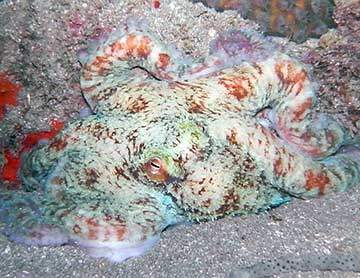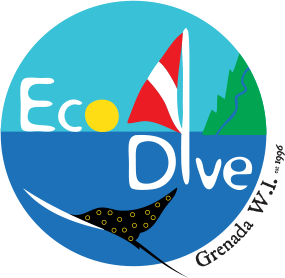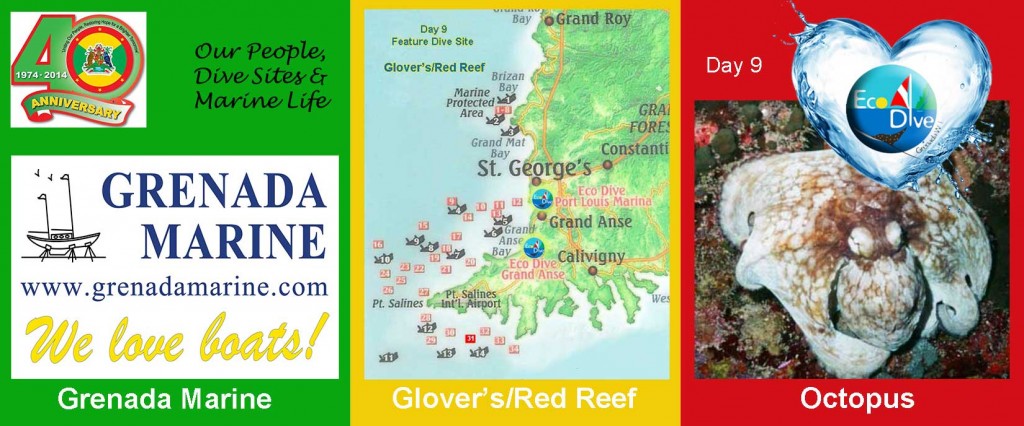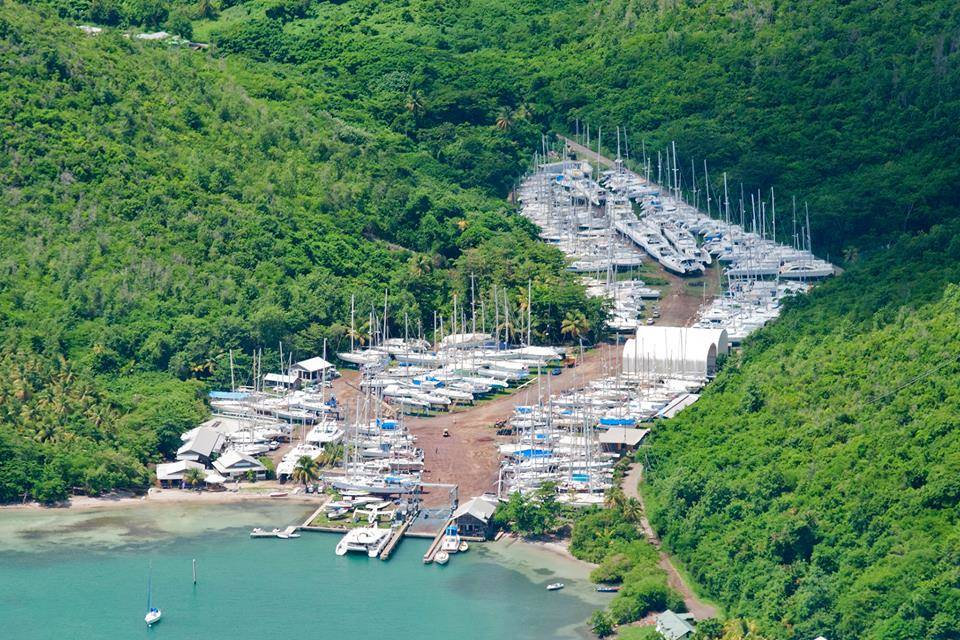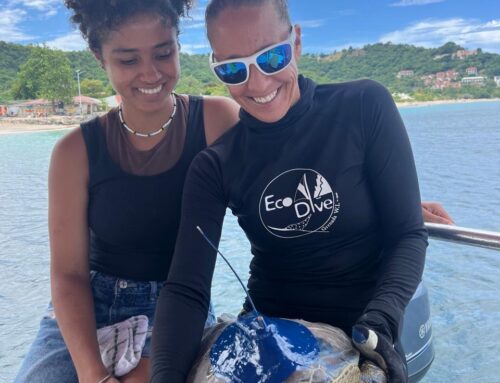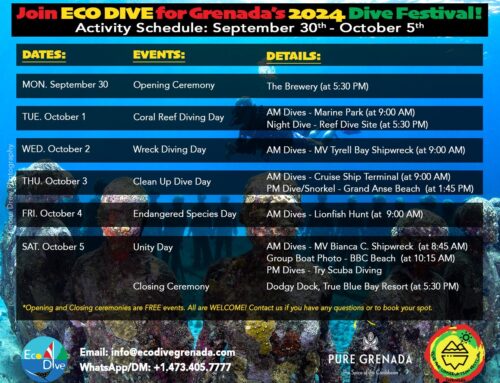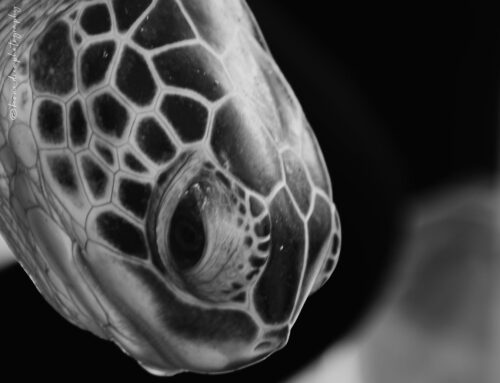Our People – Grenada Marine
Grenada Marine, located in St David’s and Port Louis Marina, has been a contact, friend (and on occasion miracle-worker) for Eco Dive for years. With an above and beyond range of boat services we are always sure to find a helping hand when we would like one and on occasion when we need one :). From general servicing, to fiberglass/wood/welding/painting work and even to the Friday evening lime we are very pleased to feature Grenada Marine in our 40 days of celebrating Grenada. We look forward to our upcoming spring haul-out and upgrades and just want to say thank you!
Dive Site – Glover’s Reef a.k.a. Red Reef
Dive profile 7m/20′ – 12m/40′
This south coast drift dive covers an area of patch reef, reef and sand channels that intermingle with large soft corals and barrel sponges dotting the landscape between polished reef crevices, nooks and coral mounds. Often done as an extension to the east of Shark Reef this site is know for variable currents from light to quite strong but with a long reef shape and a nice shallow profile current or no current we are in for a nice dive. The topography of the reef including smoothed over reef mounds and relic coral rock is the product of the exposed south coast and reflects the fact that this area being on the Atlantic side of the south west corner of Grenada generally deals higher wave energy. The polished shapes are great surfaces or coral settlement and for visual contrast when scuba divers are critter hunting. The crevices, mounds and nooks created within the reef are favorite hiding places for the juvenile nurse sharks, large crabs, lobsters, moray eels, octopus and the occasional sea turtle. A great option anytime our south coast water sits flat and we have a reverse or eastern running current.
Feature Creature – Octopus (Cephalopods)
There are a number of different species of octopus in the Caribbean, the most commonly seen octopuses in Grenada include the Caribbean Reef Octopus (Octopus briareus) and the Common Octopus (Octopus vulgaris). The Caribbean Reef Octopus can reach an arm length of 60 cm and can weight up to 1.5 kg. The Common Octopus is a bit larger and can reach an arm length of up to 1m long.
Octopuses are typically solitary and nocturnal creatures that have the ability to change colour very quickly when surprised, displaying or on the move. There are specialized cells in their skin called chromatophores that allow for the rapid colour changes and are so effective and so fast that these creatures are a sure favorite on any day or night dive.
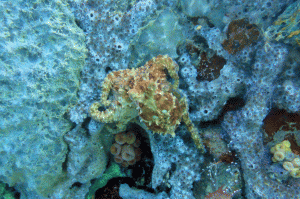
Octopus are skilled predators and with a strong beak and wide reach can make quick work of their preferred mollusk, conch, crabs, shrimps, and lobster prey. Hunting mostly at night over reefs and seagrass beds these daytime elusive, almost shy, creatures come out from their lairs in full form camouflage and colour. Like squid if startled or threatened the octopus release ink in the water to confuse predators (or onlookers) while they make a quick escape. Octopus reproduce sexually and the female will guard her eggs through gestation to hatching. During this time the female Octopus is very territorial and aggressive to creatures who have a taste for Octopus eggs quite protective.
When born octopus babies are able to move like adults using jet propulsion, crawl like adults on their 8 legs and ink like adults. With one of the fastest growth rates octopus reach ~ 75% of their adult size in only 17 weeks. Maturity is reached in an octopus (reef octopus) between 140-150 days and gestation lasts 50-80 days with shorter gestation periods in warmer water (like Grenada :).
Octopus are very clever animals with excellent memory and a curiosity for the environment around them. Always a treat for our divers or snorkelers and the lucky photographer or videographer.
